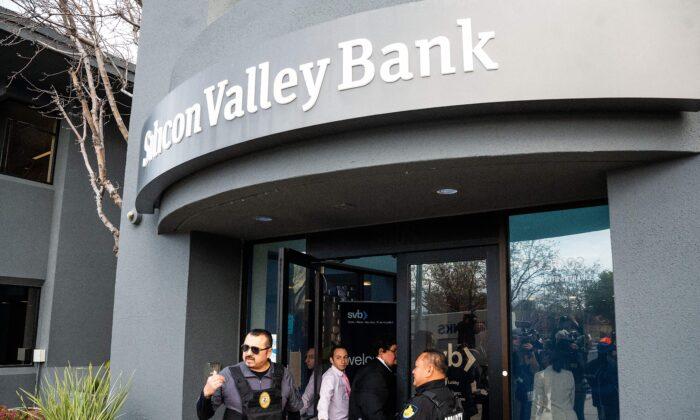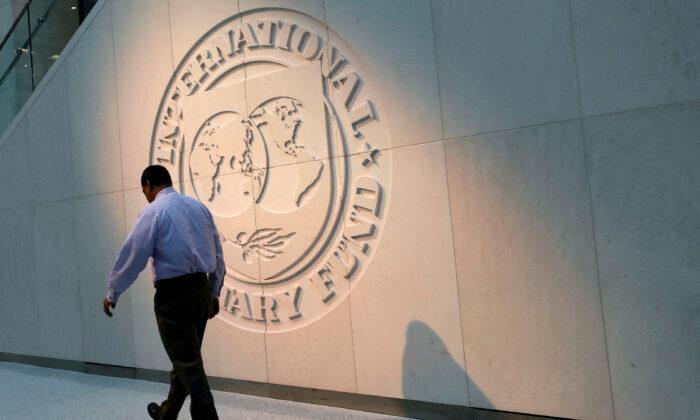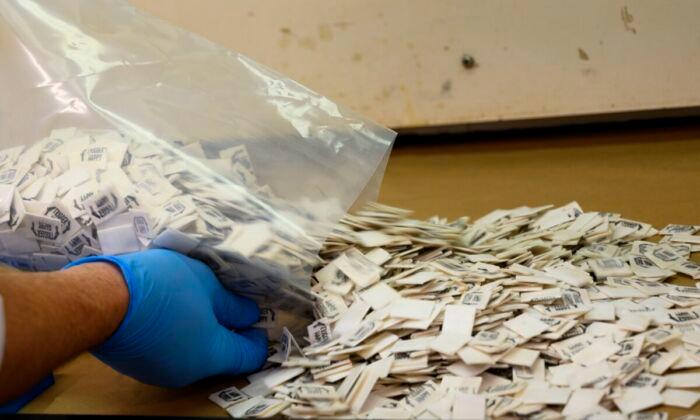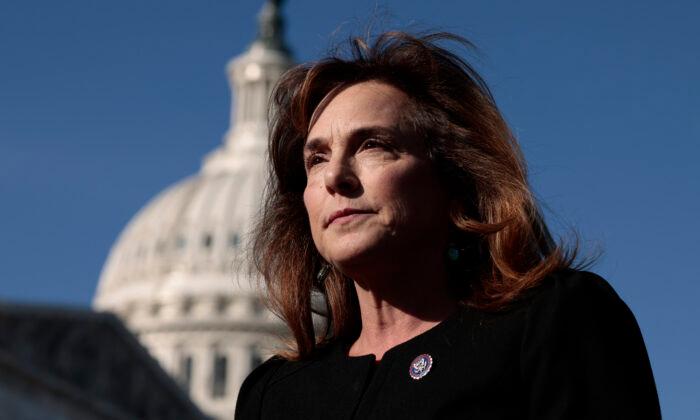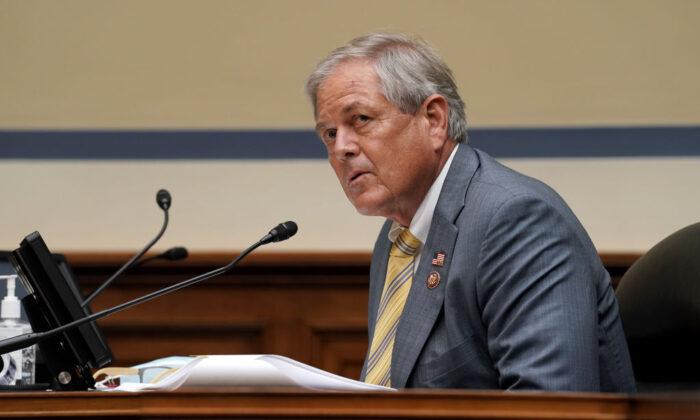The failures of Silicon Valley Bank (SVB), Silvergate, and Signature Bank last week served as stark reminders of the banking sector’s vulnerability to rising interest rates and a fragile U.S. economy. However, the overall health of community banks remains strong, according to a trade association representing the country’s smallest banks.
The Independent Community Bankers of America (ICBA) is seeking to distance itself from the recent wave of regional bank failures by arguing that its members’ business models are fundamentally different from those of failing banks and, therefore, don’t permit such risky exposures.
“SVB and Signature had extreme concentrations in more of the high-flying, risky cryptocurrency digital assets, a world that began collapsing several months ago with the FTX collapse,” according to Paul Merski, ICBA group executive vice president, who leads the organization’s congressional relations.
A combination of poor risk management and exposure to volatile industries contributed to the collapse of SVB, he told The Epoch Times.
“All banks are in the business of risk and judging that risk,” he said. “SVB took on too much concentration in certain areas. That concentration caught up with them over the last several months.”
Silvergate and Signature were the top banks for the cryptocurrency industry, while Silicon Valley Bank served as a primary bank for many crypto startups and venture capital firms, he said.
“The whole crypto sector went from about a little over $3 trillion to below $1 trillion in a very short period of time. SVB and Signature had direct and indirect exposure to that.”
Merski emphasized that regional institutions have been more cautious in their approach to cryptocurrencies and tech exposure, which has helped them to ride out recent market volatility.
“Talking to regional CEOs, they are not seeing blue-collar clients rushing to pull out cash,” he said. “Their customer base is wholly different than those of SVB and Signature.”
However, Merski also noted that the Federal Reserve’s monetary policy had contributed to the recent market turbulence.
“The Fed’s very aggressive and rapid interest rate hikes have played a role,” he said.
Despite these challenges, community banks have continued to show strong financial results. Merski pointed to the robust lending portfolios of those banks and their strong relationships with local businesses as reasons for their resilience.
“These banks have been prudent and diversified in their lending practices, and they have strong relationships with their local communities,” he said.
While the collapse of SVB serves as a cautionary tale, it isn’t clear whether it will significantly affect the broader banking industry. According to the ICBA, regional banks remain well-positioned to weather the challenges of a rapidly changing financial landscape.
The ICBA represents community banks that employ almost 700,000 people, and have nearly $5.9 trillion in assets and more than $4.9 trillion in deposits.
In addition to the more resilient client bases of community banks, Merski finds solace in the recent bailout announcement by the Fed and the Federal Deposit Insurance Corp. (FDIC). However, he remains unsure whether smaller banks would receive the same treatment.
“The fact that regulators are bailing out depositors is reassuring,” he said. “It shows a willingness to restore stability to the financial system, but then again, this was the 16th largest bank in the U.S.”
“Would a couple of small regional banks be considered ‘too big to fail’? I’m not so sure.”
Macro analyst Peter Grandich echoed those concerns, telling The Epoch Times that he thinks SVB received favorable treatment because of its size and client profile.
“If the 93 percent of uninsured assets was plumbers’ and bus drivers’ union money, I don’t think they would have received the same treatment.”
The analyst’s long-term outlook isn’t favorable, and he thinks there is more financial trouble to come.
“It’s been my belief that America has entered its worst-ever economic, social, and political era,” Grandich said. “The combination of a debt and retirement crisis is the straw that will break the camel’s back.”
